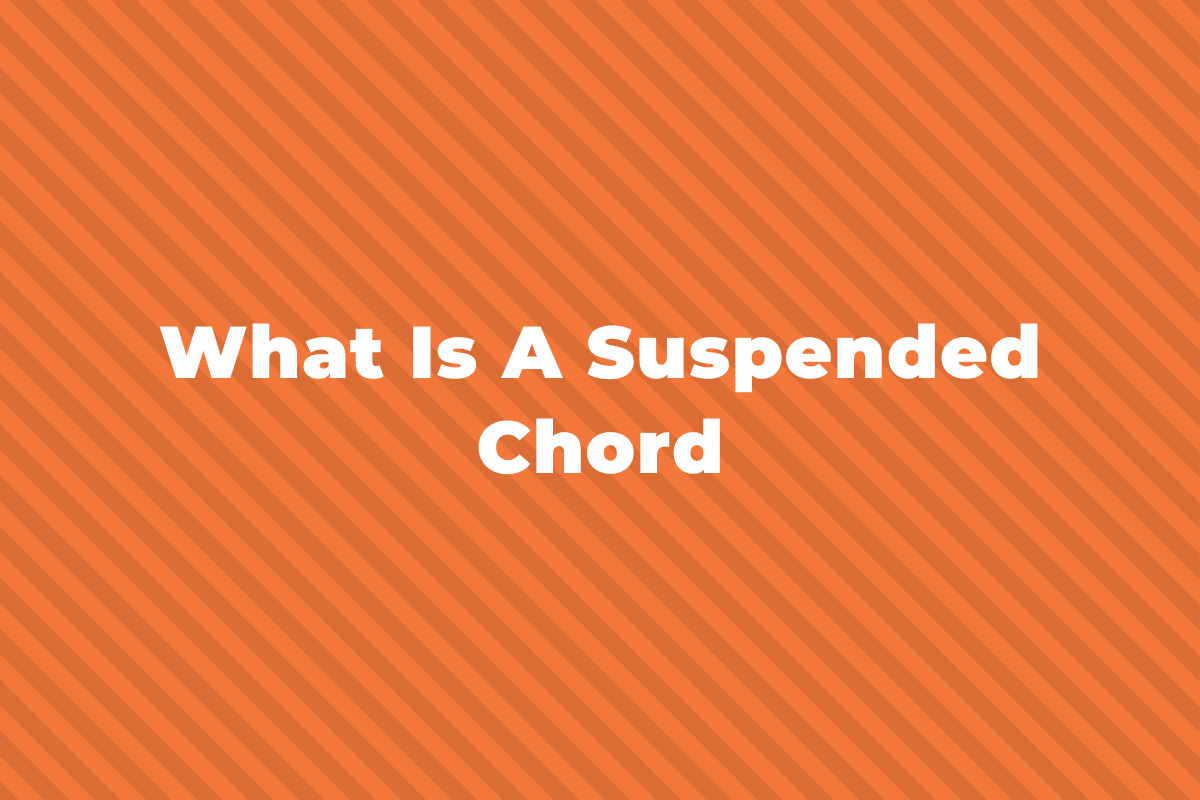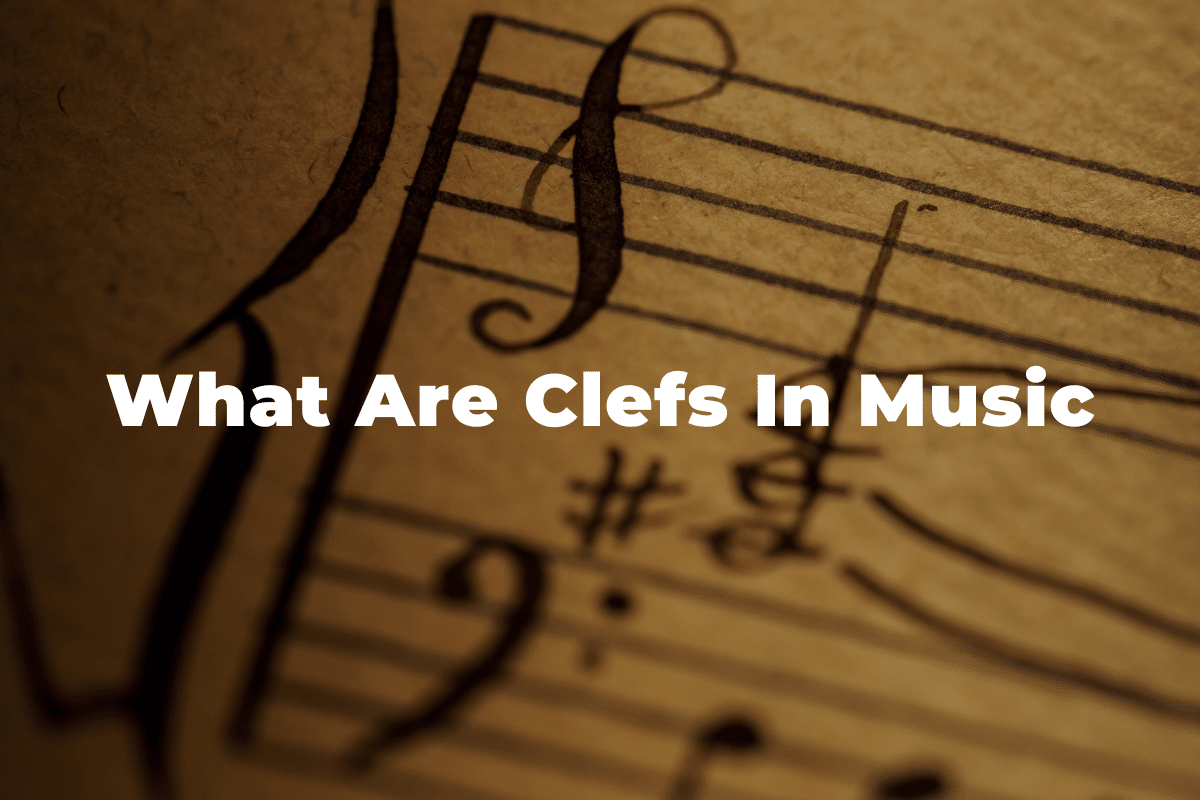I’m a great fan of opera, but there are times when I wish to be transported to imaginary places without the trappings of elaborate costumes and brilliantly constructed stage sets.
This is what happened in the 17th century to audiences who were looking for a way to connect with liturgical works through a medium that avoided the gaiety that would have been out of place in a church or cathedral of the time.
The answer to their prayers was Alessandro Grandi and later Bach, Beethoven, and Mozart. We have also been blessed with Benjamin Britten who continued to adapt and improve the cantata into the 20th century.
Join me now as we discover the joys and wonder of the Cantata.
Definition of a Cantata
The word cantata translates from the Italian “cantare” meaning literally “to sing.”
It was originally described as a musical composition where the composer intended the work to be sung.
This is in contrast to a sonata (Italian “sonare” meaning “sound”) where the composer requires the work to be performed by instruments and now in modern times by a combination of instruments and voices.
Where did the Cantata Originate?
The Cantata was developed in Italy by Italian composer Alessandro Grandi was the first to use the word cantata in a musical context.
His aria “Cantatas and Arias for Solo Voice” first appeared in 1620 and was published in 1629.
Grandi’s “Cantade et arie a voce sola” was an evolution of Claudio Monteverdi’s madrigals where the melody of each stanza was varied over the constant bass.
Here’s an excellent example of the genre:
History of Cantatas
The cantata developed from the 17th-century tradition of secular music found in Italy and France and saw many German composers traveling to southern Europe to study the style.
Cantatas were composed to invoke the rhythms of recited speech with arias reminiscent of operatic compositions of the time.
Mythology was usually the underlying theme of these compositions, but unlike opera, there were no elaborate costumes or stage sets, and performances contained the orchestra and singers only.
J.S Bach is possibly the most well-known classical composer to introduce cantatas to a modern audience.
Although he used the much older terminology; “motetto and concerto,” to describe his works. Audiences may also recognize them as his Odes.
In the 19th century, the more progressive editors were apt to apply the more modern term, cantata, to his works.
The Cantata vs Sonata
The main difference between the cantata and a sonata is that the sonata is a composition for one or more instruments only, as opposed to the cantata which is written for voice with accompanying instruments.
The cantata generally contains more than one movement, with the most famous being 17th and 18th-century Italian compositions.
But, the German composers embraced the cantata with great success too, surpassing their southern compatriots in popularity towards the end of the 18th century.
Famous Cantatas
By rejecting the more superficial style of previous composers, Bach was about to create his much more elaborate compositions and release them to his adoring audiences.
Bach’s so-called choral cantatas were characterized by an elaborate first stanza hymn moving to a simply harmonized final stanza where the congregation was expected to join in.
This interweaving of liturgical services within the movements produced the beautiful recitatives and arias that characterize Bach’s work.
Bach also produced secular cantatas, such as his Coffee and Peasants cantata:
The popular Viennese composers produced cantatas for specific events and were popular for a short time, but the style eventually fell into decline.
Here is an example from Mozart where one can clearly hear elements from his operatic compositions, such as the Magic Flute, revealing themselves in the work:
Both Beethoven and Mendelsohn produced large works for solo voices, chorus, and orchestra, with a well-known example being Der Glorreiche Augenblick:
And who amongst us cannot be moved by the pure genius of Beethoven’s Symphony No 9 in D minor “An die Freude“ (Ode to Joy).
The rapt attention and joy are written clearly on the faces of the audience at this open-air performance.
What Makes a Good Cantata?
Cantatas combine the elements of opera without the use of elaborate costumes and stage sets.
The great cantatas make use of recitative, arias, dialogues, and choruses to imply the drama of their mythological themes.
To be considered a success, the cantata must be able to sweep the audience away with the drama unfolding within their own imaginations.
Bach was a master at this, no doubt in part due to his hearing disability. It is impossible to listen to his work without becoming mesmerized.
That is the hallmark of a great cantata.
The best description I’ve heard of what makes a great cantata is the one accredited to theologians who described Bach’s works as “musical sermons.”
In Closing
The church cantatas of Bach are, without a doubt, glorious examples of the cantata.
We have a list of nearly 200 compositions and each is a masterpiece in it’s own right.
As a means to lift your soul and improve your mood, the cantata stands head and shoulders above it’s competition.
We hope that we have piqued your interest and that you now have a better understanding of the cantata.



